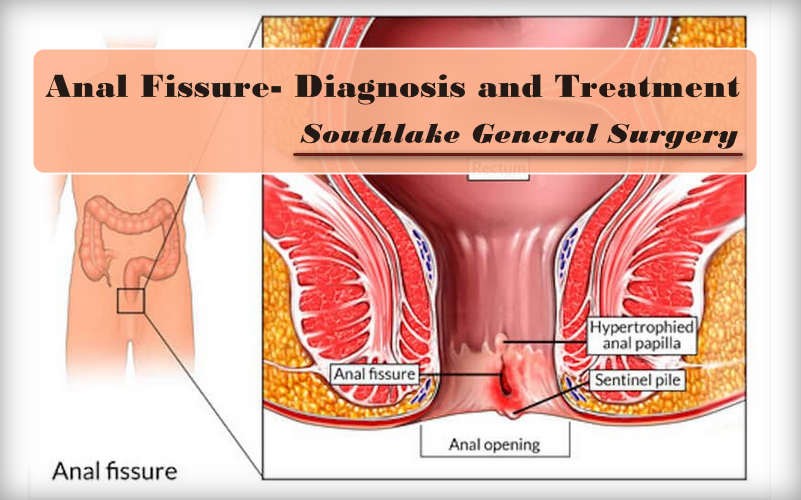ABOUT Anal Fissure - Symptoms, Diagnosis, Causes and Treatment
Tears or cracks in your anus are called anal fissures. Sometimes fissures are mistaken for hemorrhoids which are less painless piles that are swollen around your anus and rectum.
It is more of an aftereffect of the Anal fissure. The blood vessels are irritated inside or out of the anus. The outcome is commonly both cracks and hemorrhoids.
Causes of Anal fissure
Cracks develop from the expansion outside of the typical capability of your anal mucosa. This is commonly when strain is present due to constipation. The tear occurs again and again and it is wounded. Under the tear is the exposed internal sphincter muscle. This leads to heavy agony. The spasm also separates the margins of the crack and makes your wound tougher to cure. This spasm then causes the mucosa to rip further when you move bowels. A persistent anal fissure develops in around 40percent of individuals over this cycle.
Symptoms of Anal fissure
These symptoms can be caused by an anal fissure:
⦁ Bowel movement accompanied with pain
⦁ Tear or cut seen in the region
⦁ Bright crimson bleeding when the bowel is moving or after
Factors Raising a Risk
Some variables are considered risk factors for Anal fissure:
⦁ Stressing to pass
⦁ Eating a diet with minimal fiber
⦁ Large diarrhea
⦁ Recent surgery for weight reduction due of regular diarrhea
⦁ Minor trauma induced by mountain riding
⦁ Any inflammatory state around the anal region
⦁ Inflammatory bowel illness, surgery, or other medical therapy that influence bowel motions or anus may also arise from anal fissures.
Diagnosis of Anal fissure
The diagnosis will be carried out by your health care provider after reviewing:
⦁ Your history of personal health
⦁ Your symptoms description
⦁ Examination
⦁ As other illnesses can create anal fissure-like symptoms, your health care provider may also request testing to see if your stool has blood.
Treatment of Anal fissure
In general, an acute anal fissure will be cured conservatively within 6 weeks. When constipation is cured, some of the pain will subside. Anal cracks which linger for 6 weeks or more are called chronic anal cracks. The treatments for the chronic are non-conservative and will probably need a more aggressive and surgical approach.
People who don't cure anal fissures properly may have an anal pressure imbalance which restricts circulation of blood normally via the arteries around the anus. The decreased blood flow hinders cure. Anal cracks may be healed by medicine, Botox injections, and even certain topical therapies to increase blood flow.
Included in addition are:
⦁ Change your diet to boost fiber and water and prevent both diarrhea and constipation, which helps you to control your bowel movement
⦁ Taking up to 20 minutes a day of warm baths
⦁ Take stool softeners as required, such as fiber additives
⦁ Use of topical medications such as nitrates or blockers of calcium
⦁ An operation like lateral inner sphincterectomy. The pressure within the anus is alleviated during the procedure. This enables more blood to circulate through the region for tissue healing and protection.
Complications of Anal fissure
Anal fissure complications include:
⦁ Decreased life quality
⦁ Bowel movement difficulty. Because of the pain and discomfort, many people even avoid going to the restroom, this is a terrible choice and they should address the case to their doctor.
⦁ Even after therapy, possible recurrence of happening.
⦁ Clotting
⦁ The bowels and gas flow are uncontrolled
Living with anal cracks
If you have an anal fissure, take the following steps to prevent recurrence and make it better:
⦁ As instructed, take all drugs.
⦁ Get the quantity of fiber suggested for your diet.
⦁ Avoid constipation or movement of the big or firm bowel.
⦁ Drink sufficient water to be hydrated effectively.
⦁ Keep a bowel habit schedule.
⦁ Ask your doctor suite best for you.
⦁ Avoid hot or spicy meals, because they might make symptoms worse.

